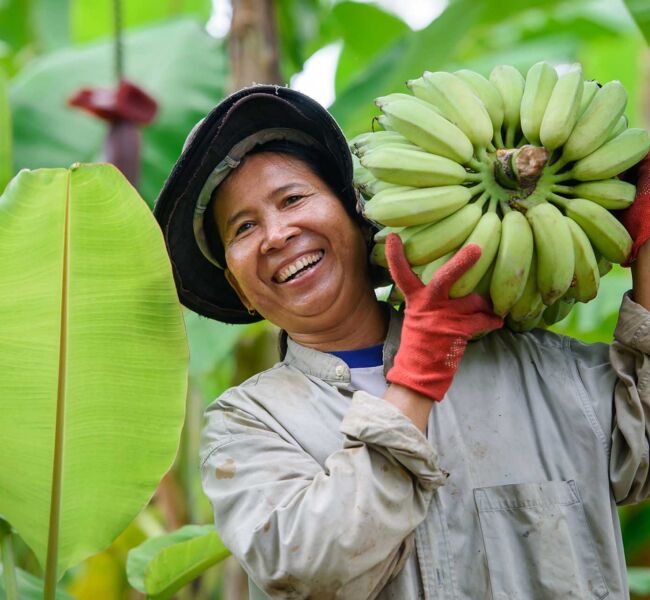This month Spurwing attended an event hosted by WOMAG (Women in Agribusiness Asia) on ‘Growth & Empowerment: Women Shaping Agribusiness’ to mark International Women’s Day.
Discussion on this topic was intense, sparking strong feelings and engagement among the panellists and audience. The discussion addressed numerous topics, but the conversation flowed right from the outset around one big question: how do we overcome barriers to entry for women in agriculture?
Agriculture remains a critical sector globally, serving as the backbone of many economies and the primary source of food, income, and employment. Despite its importance, the agricultural sector faces significant gender disparities, with women encountering numerous barriers to entry and success. These challenges range from systemic biases and cultural norms to practical obstacles such as access to land, technology, and education. Addressing these barriers necessitates a multifaceted approach that encompasses changes at all levels of the industry, fostering an environment where gender, culture, and skin colour are no longer impediments to participation and success. Read on for our takeaways from the event.
The need to cultivate belief and trust
Cultivating belief and trust, both internally among women and externally in the broader community, should be at the heart of empowering women in agriculture. Women must be encouraged to nurture a belief in their own capabilities and a trust in their right to access opportunities equally. This internal empowerment is the foundation upon which external changes can effectively be built, fostering a culture of mutual respect and confidence.
A ground-up approach to encouraging diversity
Organisations should implement a ground-up approach to encouraging diversity, targeting not only boardrooms and executive positions but also ensuring that farms and operational roles are accessible and welcoming to women. Corporate investment in education and efforts to make farm work environments more suitable for women are crucial, along with systemic changes in gender roles to support women’s access to farming opportunities. Additionally, corporates and executives play a fundamental role in bridging the gender gap by inspiring future generations to address unconscious bias, such as by setting specific targets for hiring, promoting, and retaining women in various roles within the sector.
Education and Leadership Development
The path to breaking down barriers for women in agriculture should be paved with opportunities for education and mentorship. Corporates and executives have a significant role to play in this area when bridging the gender gap. Supporting women through their educational journeys and sponsoring programmes that instil self-belief are crucial steps. Building a pipeline of women who are ready to take on leadership positions not only involves implementing training programmes, but also making a commitment to support future generations. This can range from executives speaking at universities to inspire future generations, to companies making a conscious effort to recruit from a diverse pool of candidates, including those outside the traditional agricultural industry and ensuring that skill sets, rather than backgrounds, define the hiring process. Such initiatives can pave the way for a more inclusive and diverse agricultural sector.
Ensuring Land Rights and Access to Resources
Land rights are a critical barrier for women in agriculture. Cultural traditions and legal frameworks often restrict women’s ability to own land or engage in trading transactions, limiting their capacity to participate fully in the agricultural market. Organisations and governments must work to tilt the balance, ensuring women have equal rights to land and resources. This includes providing access to the latest agricultural technologies and know-how, which are essential for modern farming practices.
A Multi-Lateral Effort for Systemic Change
Closing the gender gap in agriculture requires a concerted effort from all stakeholders, including governments, corporations, educational institutions, and non-profit organizations. This involves not just investment in education and resources but also a commitment to changing cultural norms and legal frameworks that limit women’s participation in agriculture. By working together, stakeholders can create an ecosystem that supports women’s contributions to agriculture at every level, from the farm to the boardroom.
Overcoming the barriers to entry for women in agriculture is not just a matter of fairness or equality; it is much needed for the sector’s sustainability and growth. By addressing these challenges, we can help to build a more productive, resilient, and inclusive sector for generations to come. The journey towards gender equality in agriculture is a complex and ongoing one, requiring the collective effort and commitment of all involved.





